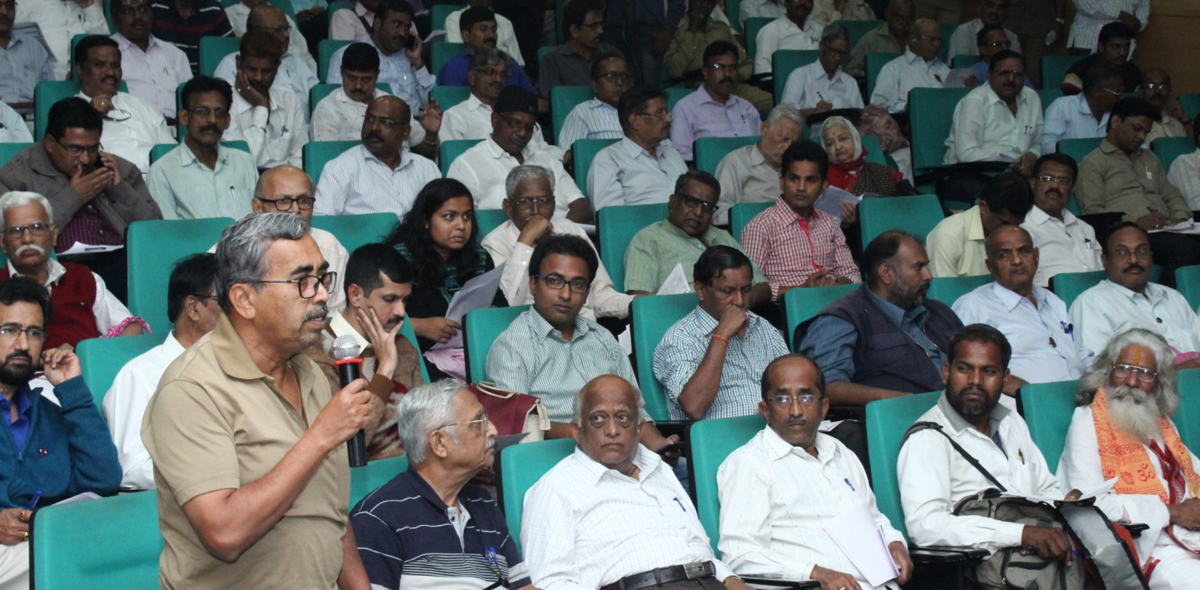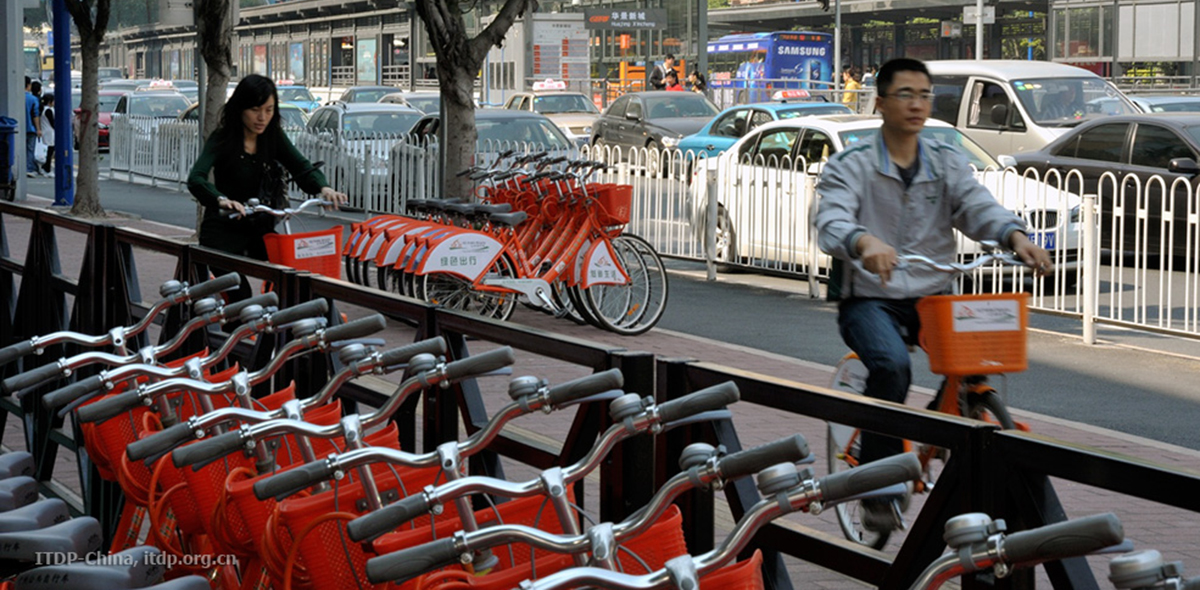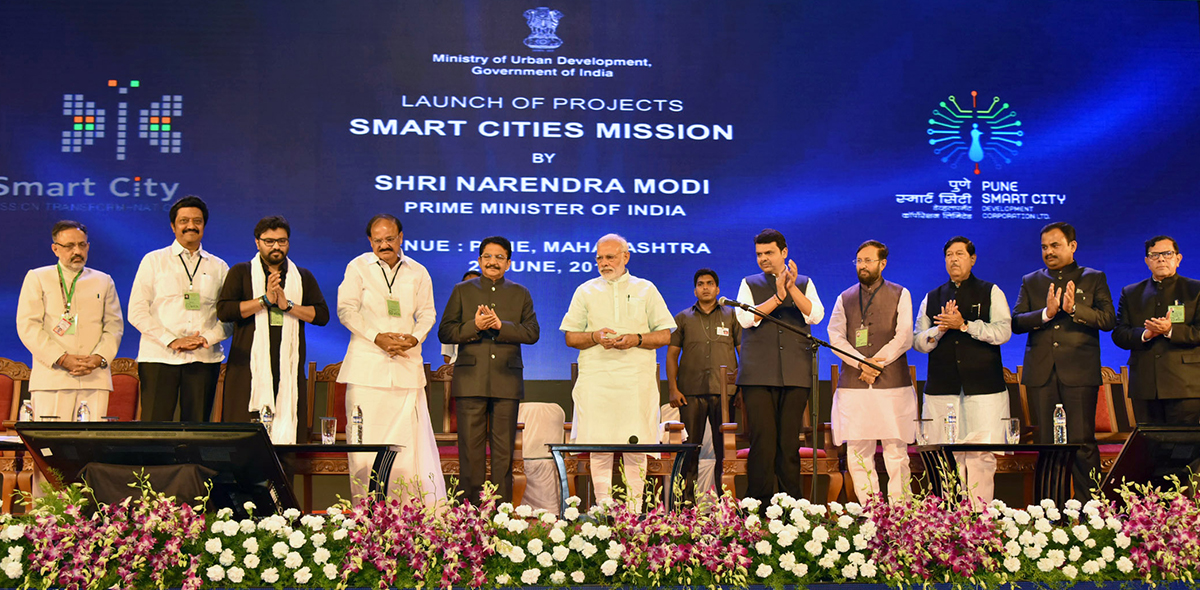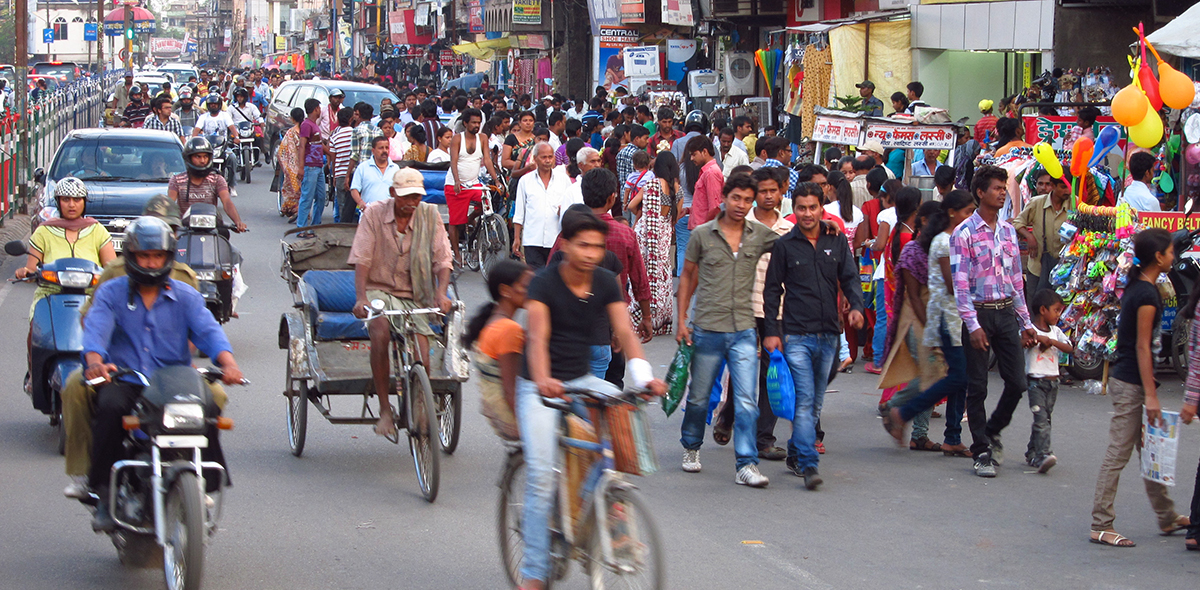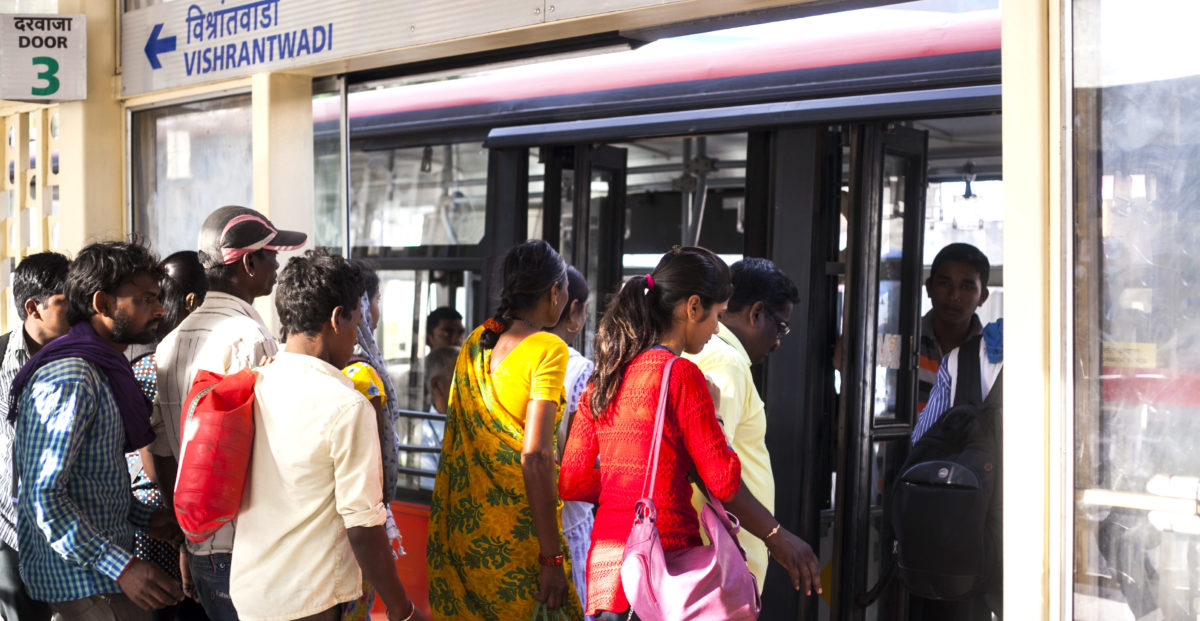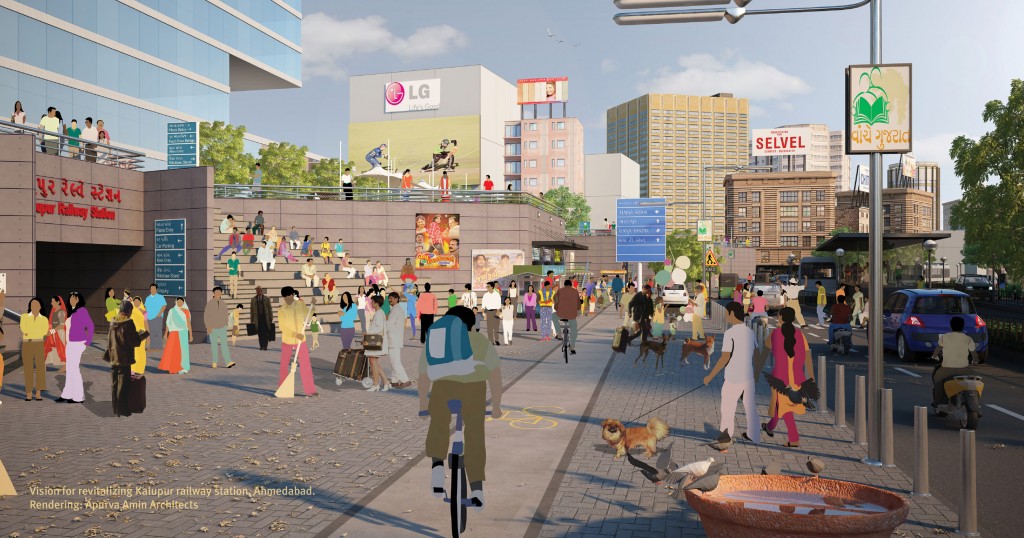Cover Image by Biswarup Ganguly
Collated by Sai Ratna Chaitanya Gurugubelli
This week’s InFocus brings to you news in the public transport sector from October, from around the world including Indian cities. How does the FIFA U-17 World Cup affect Kolkata’s bus system? Can public transport generate profits? Read on to find out more.
Special service for FIFA U-17 World Cup in Kolkata
A treat for football fans and public transport users – Kolkata will see at least 600 buses, including 430 air-conditioned coaches, servicing the FIFA Under-17 World cup matches from October 8. “While the West Bengal Transport Corporation (WBTC) will ply 480 buses of its own, it has given permits to app-cab service provider Ola for 130 buses to Salt Lake Stadium from different parts of the metropolis on match days”, said Transport minister Suvendu Adhikari to newspersons at The Indian Express.
Kochi’s buses under one umbrella soon
London successfully managed to bring private and public rail operators under one entity – Transport for London. Singapore is taking similar steps for its buses. The latest to join the bandwagon is Kochi – efforts are underway to bring all private buses operating under the six limited liability partnership (LLP) companies and Kochi Metropolitan Transport Cooperative (KMTC) Society, under one umbrella. The Hindu explains the benefits and other details of this move.
Public transport for profits?
“One issue that everyone must come to terms with is the matter of unprofitability of public transport systems. Only in rare instances is urban public transport turning a profit around the world. A true public transport system requires subsidy, provided by the state or municipalities, with the rationale that a good system makes the metropolis efficient and dynamic. It will be hard to be profitable working under public transport standards (running early and late, running even with low occupancy, keeping to labour standards, etc.).” Read more about ‘the myth of public transport profitability’ on Nepali Times




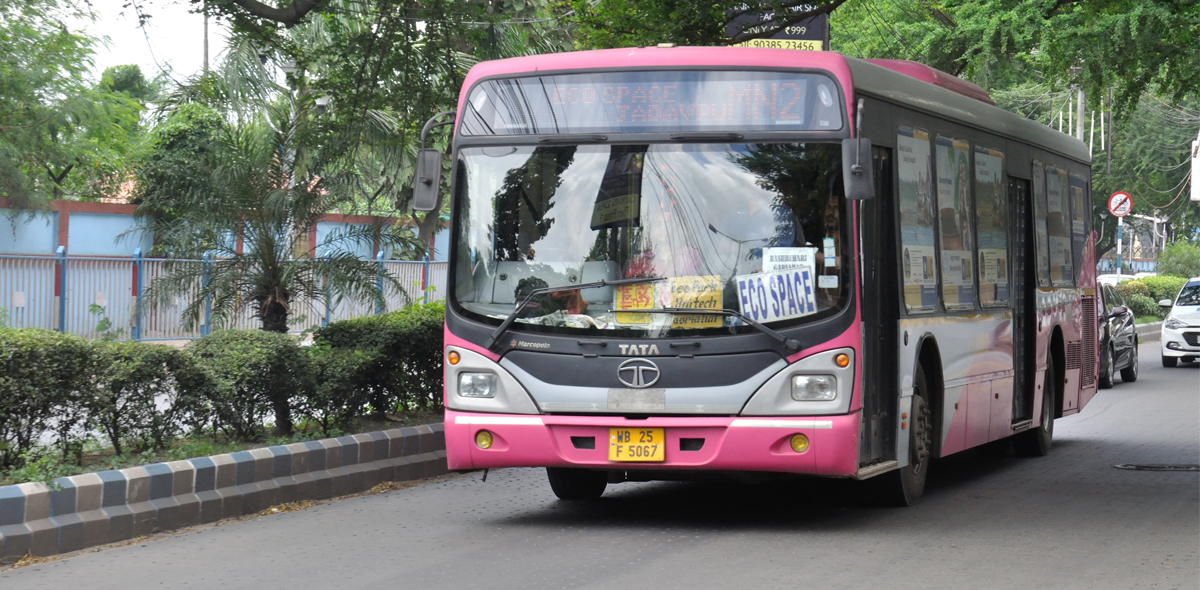



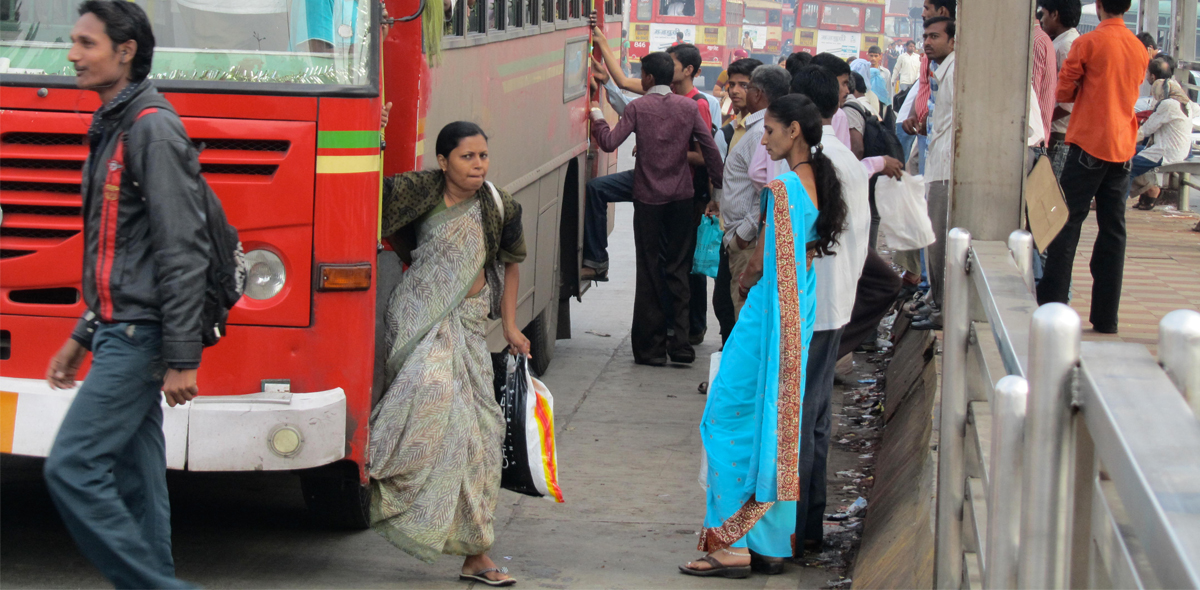

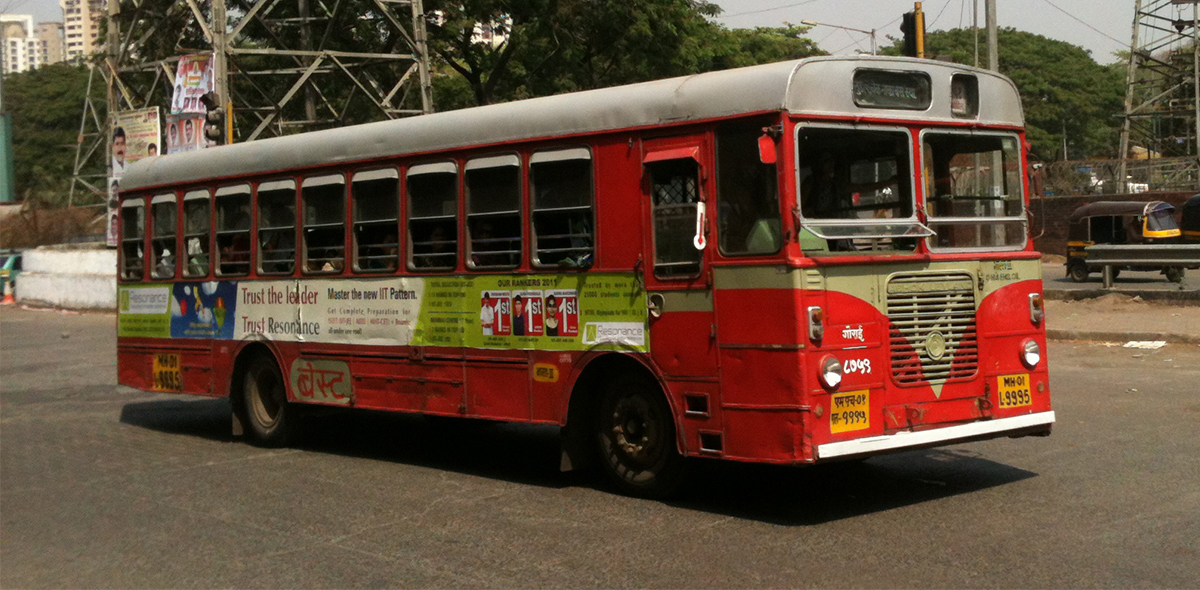
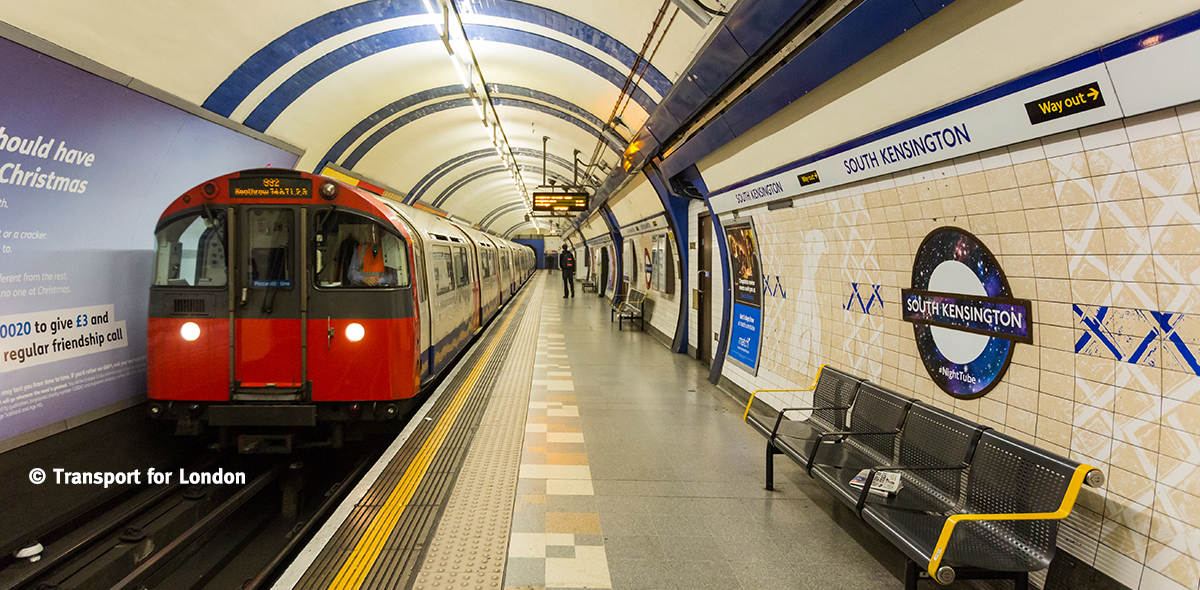



 [/one_fourth] This interview is a part of the MOBILIZE Santiago Speaker Series. In this series, we will feature interviews with researchers from VREF’s Future Urban Transport where we will discuss their work in sustainable transport and reflecting on MOBILIZE Santiago’s theme: Just and Inclusive Cities Become the New Normal. To learn more about MOBILIZE Santiago and how you can register to attend the summit in Chile, visit
[/one_fourth] This interview is a part of the MOBILIZE Santiago Speaker Series. In this series, we will feature interviews with researchers from VREF’s Future Urban Transport where we will discuss their work in sustainable transport and reflecting on MOBILIZE Santiago’s theme: Just and Inclusive Cities Become the New Normal. To learn more about MOBILIZE Santiago and how you can register to attend the summit in Chile, visit 